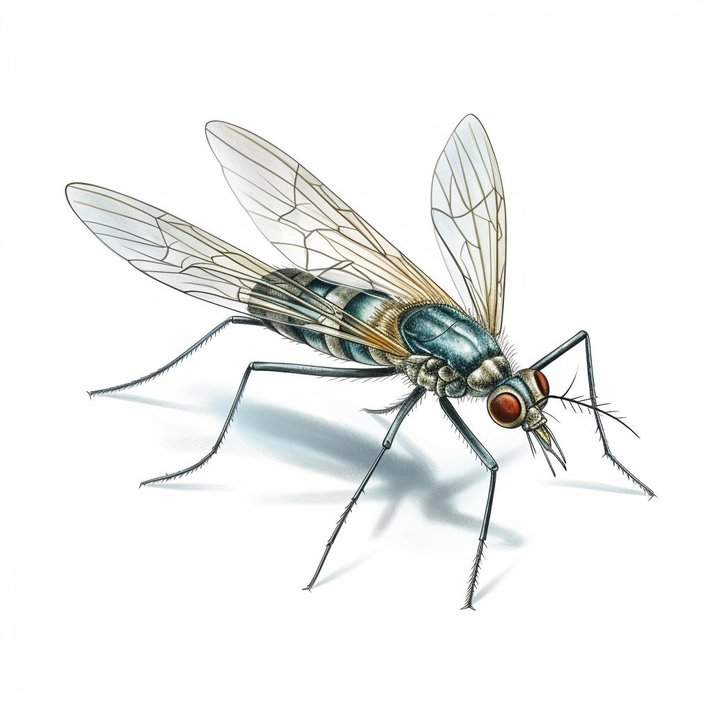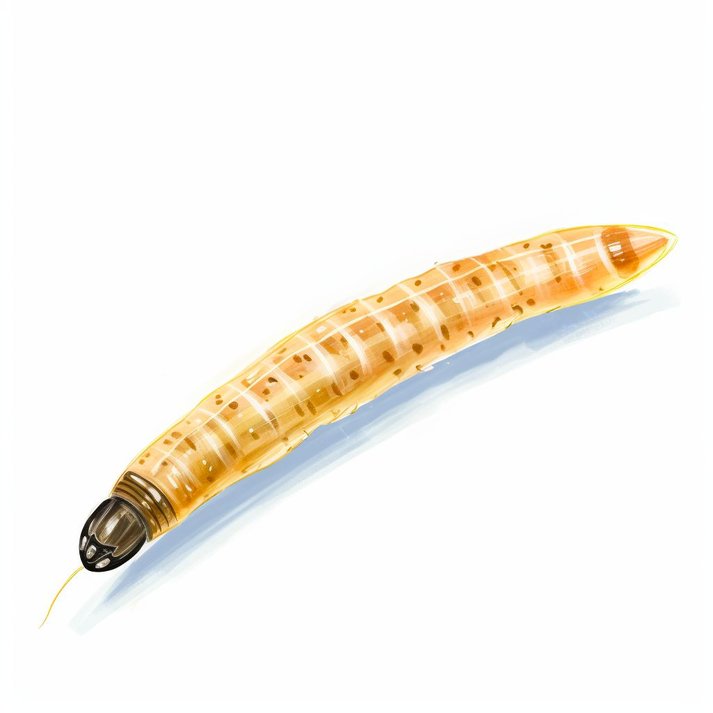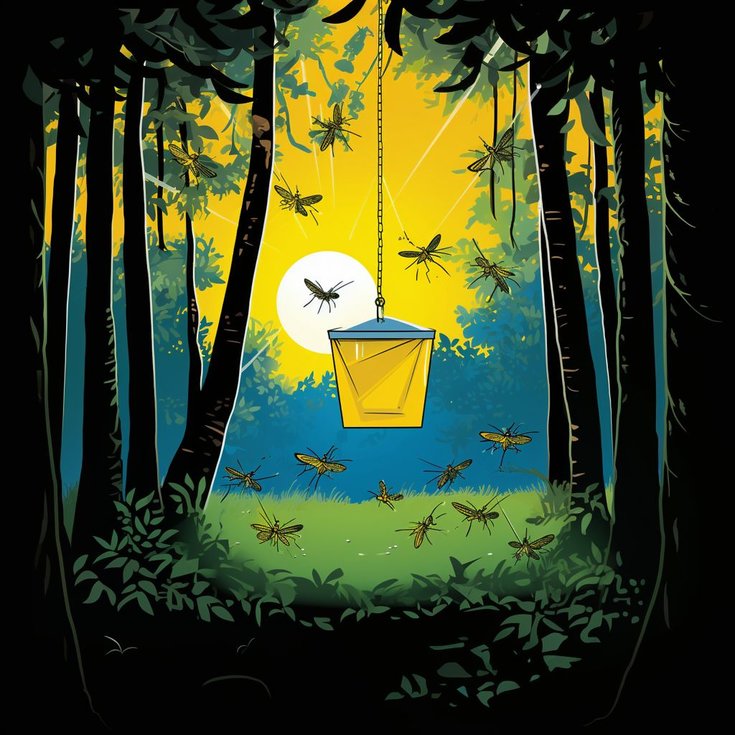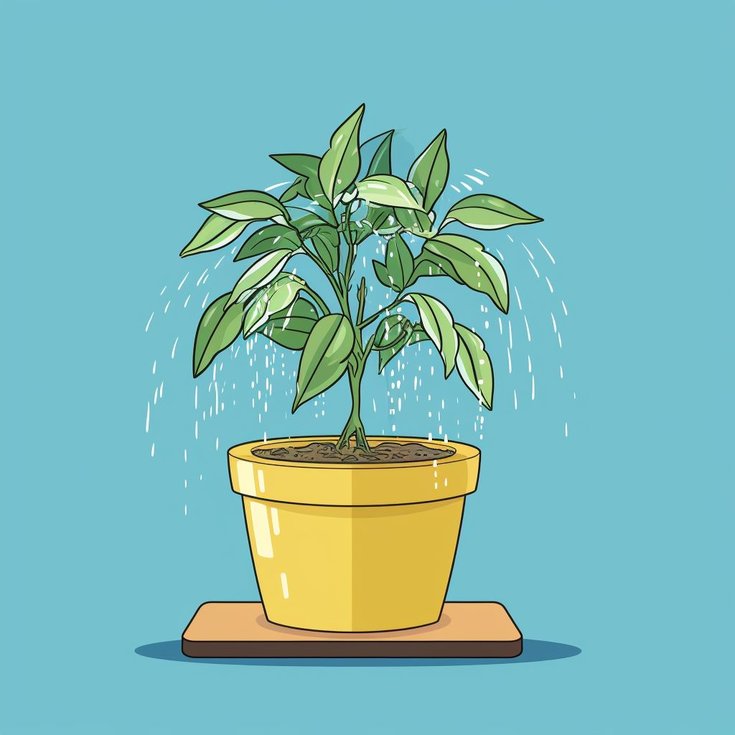How To Get Rid Of Fungus Gnats
Fungus gnats are small, flying insects that can become a nuisance for plant owners. These tiny creatures are attracted to the moist soil of potted plants, where they lay their eggs and feed on organic matter and fungi. While fungus gnats are not harmful to humans or pets, their presence can be bothersome and potentially harm the health of your plants. In this article, we will explore what fungus gnats are, how to identify them, what causes their infestations, and most importantly, how to eliminate them effectively.
What Are Fungus Gnats?
Fungus gnats (Bradysia spp.) are small, delicate flies that belong to the Sciaridae family. They are commonly found in greenhouses, indoor plants, and outdoor gardens. These pests are attracted to moist environments and are often seen buzzing around the soil surface of potted plants. Fungus gnats are particularly prevalent in areas with high humidity, and can also indicate overwatered plants.
These insects are not considered to be major plant pests because they do not transmit disease or feed on plant tissue. However, their larvae can damage the roots of young seedlings, leading to stunted growth and wilting leaves. In addition, fungus gnats may become a nuisance as they fly around in large numbers, making it difficult for you to enjoy your plants.
What Do Fungus Gnats Look Like?
Identifying fungus gnats is relatively straightforward. First, inspect the plants for small flies buzzing around their base or soil surface. These insects will lay their eggs in the moist soil, so check for small gray larvae as well. You can also use yellow sticky cards near your plants to trap and monitor populations of fungus gnats.
Fungus gnats are tiny insects, typically measuring about 1/8 to 1/10 of an inch (2-3mm) in length. They have slender bodies with long legs and wings. The adults have dark-colored bodies, and their wings appear smoky or grayish.


Fungus gnat larvae, on the other hand, are legless and transparent with a black head capsule. They can often be seen wriggling in the soil. Fungus gnats are easily identified by their behavior. They will typically fly around the soil of houseplants, hovering close to the surface before landing and taking off again.
What Causes Fungus Gnat Infestations?
Favorable environmental conditions are the main cause of fungus gnat infestations. Overwatering your plants creates a damp environment for these pests to breed, as they thrive in moist soil, and their larvae feed on organic matter. Poor drainage in plant pots can also lead to waterlogged soil, attracting fungus gnats. To prevent this, ensure your pots have drainage holes and that excess water can flow easily. While easyplant doesn’t have drainage holes, thanks to its built-in reservoir, just following the guideline to water once a month when the reservoir is empty can help maintain a happy plant environment.
To avoid introducing fungus gnats, it is important to thoroughly inspect any new plants before adding them to your home or garden. Infested plants can be the source of these pests. If you find fungus gnats present, carefully remove the affected parts of the plants and dispose of them outside.
How To Get Rid of Fungus Gnats
If you're dealing with a fungus gnat infestation, don't worry. Several effective methods can help you eliminate these pests and restore the health of your plants.
Sticky Traps
Sticky traps are a simple yet effective method for catching adult fungus gnats. These traps consist of yellow or blue cards coated with a sticky adhesive. The bright color attracts the gnats, and they get stuck on the trap's surface. Place the traps near the affected plants, and monitor and replace them regularly.


Apple Cider Vinegar
Apple cider vinegar can be used to create a homemade gnat trap. Mix apple cider vinegar with a few drops of dish soap in a shallow container. The sweet smell of the vinegar attracts the gnats, and the soap reduces the surface tension, causing them to drown in the liquid. Place the trap near the infested plants and repeat the process until the gnats are under control.
Insecticides
In severe infestations, you may need to resort to insecticides. There are several insecticides available specifically formulated to target fungus gnats. However, it's important to carefully read and follow the manufacturer's instructions to ensure the safe and effective use of the product. Consider chemical solutions' potential impact on beneficial insects and other non-target organisms.
Hydrogen Peroxide Solution
A hydrogen peroxide solution can help kill fungus gnat larvae in the soil. Mix one part 3% hydrogen peroxide with four parts water and water your plants with this solution. The peroxide breaks down into oxygen and water, effectively killing the larvae without harming your plants. Repeat this treatment every few days until the infestation subsides.

How To Prevent Fungus Gnats
It’s crucial to take preventive measures to dodge future fungus gnat infestations. Allowing the top inch of soil to dry out between waterings is a good start, as fungus gnats thrive in moist soil. For easyplant users, adhering to the watering instructions will naturally facilitate this condition, safeguarding your plant's environment.
While ensuring your plants’ pots have drainage holes and using a well-draining potting mix is standard advice, easyplant’s unique design manages water levels effectively, reducing the likelihood of overwatering. Adjusting the watering frequency according to the specific needs of your plants, especially in different seasons, can offer additional protection. During hotter seasons, plants typically require more frequent watering due to increased evaporation, while in colder seasons, reduced evaporation and plant dormancy often means less water is needed, which helps in keeping the soil from staying too damp and becoming a breeding ground for pests.
If you're using a fertilizer, remember not to overdo it; sticking to the recommended dosage is key as over-fertilizing can attract more fungus gnats. Additionally, isolating new plants for a few weeks can confirm they are pest-free before you add them to your collection, avoiding the introduction of unwanted guests like fungus gnats.

Fungus Gnat FAQs
Fungus gnats can be a frustrating pest for plant owners, but you can effectively eliminate and prevent infestations with the right approach. By employing methods such as sticky traps, apple cider vinegar traps, insecticides, and hydrogen peroxide solutions, you can tackle the fungus gnat problem and ensure the health of your plants. Here are some of the most frequently asked questions about fungus gnats:
Will Fungus Gnats Go Away On Their Own?
In some cases, if you adjust your watering habits and improve the environmental conditions, fungus gnats may naturally decrease in numbers over time. However, taking action to control the infestation is generally recommended, as leaving it unattended may lead to further problems and potential damage to your plants.
Should I Get Rid of Infested Soil To Remove Fungus Gnats?
Removing infested soil is not always necessary. By following the prevention and treatment methods mentioned earlier, you can effectively eliminate fungus gnats without resorting to soil replacement. However, if the infestation persists or the plants are severely affected, replacing the soil to start with a fresh, clean environment may be beneficial.
Remember to implement preventive measures, such as adjusting watering habits, improving drainage, and quarantining new plants, to avoid future infestations. You can maintain a pest-free environment for your beloved plants with proper care and attention.
Shop easyplant’s Self-Watering Plants Today!
With the right combination of yellow stic, apple cider vinegar traps, insecticides, and hydrogen peroxide solutions, you can effectively tackle the fungus gnat problem and guarantee a healthy environment for your plants.
easyplant's self-watering plants are designed to make the care of your indoor plants simple and hassle-free. Shop our selection of self-watering plants today for a low-maintenance way to keep your plants safe from pesky fungus gnats! Never again worry about dealing with an infestation - shop easyplant’s self-watering plants now!